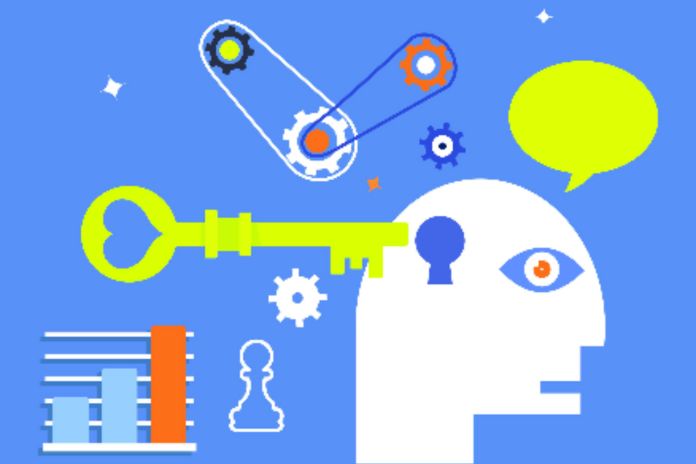Have you heard of business gamification? This is a strategy applied by the Human Resources (HR) sector that is gaining more and more popularity in the corporate world.
It aims to keep employees interested in the company’s activities, increasing staff productivity and improving business results.
Were you curious? Keep reading this content to go deeper into the subject! Below, we explain the concept of gamification, how it came to be, what its advantages are, how to use this tool to increase engagement, and much more. Check out!
The Concept Of Gamification And How It Came To Be
Gamification comes from the English gamification and, as the name implies, it is a resource that uses the mechanics and dynamics of games ( games ) to achieve various objectives, for example:
- generate engagement;
- motivate actions within the company;
- modify behaviors;
- increase the effectiveness of training ;
- encourage the achievement of goals;
- ensure learning.
In practice, the organization develops a scoring system in which employees strive to get more points and obtain rewards. Thus, among other things, the team has fun, which is a great incentive to achieve goals.
The strategy must have the following basic elements:
- Customization: the strategy is modified to suit the needs of your business;
- Rules: there is a set of rules that provides for the operation of the game, its deadlines, and rewards, among other details;
- Objectives: employees must have clear and well-defined goals, understanding exactly what they need to do and for how long;
- Points: a points system should be developed to measure the progress of each individual;
- Rewards: these are the rewards given to staff when reaching certain scores.
In addition, the process must offer some challenge to the players; that is, they must try to achieve their goals and receive the prizes, which is fundamental to maintaining engagement.
Gamification was created in the 1970s by British programmer Nick Pelling, who used game elements to make his work more interesting and improve the user experience of his computer programs.
This tool only gained popularity from 2010 onwards, when it started to be treated in books and lectures on business. In that same period, startups began to use gamification in their presentations to entrepreneurs and shareholders to make them more dynamic.
Advantages Of Using Business Gamification
This methodology brings a list of benefits that directly impact the relationship between employees and the company, in addition to assisting in HR activities. See the main advantages of gamification below.
Real-Time Feedback
As each player’s performance is constantly measured through rankings and scores, it will be possible to observe each in real-time. In addition, the manager will know, for example:
- what are the most chosen awards;
- which goals are achievable, as well as which are easier or harder to achieve;
- Who are the most engaged employees?
All of this facilitates the definition of goals and objectives, improves the structure of your gamification, and allows you to immediately provide feedback to employees, helping them to achieve their goals.
Engagement With Training
Gamification is also quite efficient in improving employee learning. With a personalized and teaching-oriented game, employees are encouraged to learn the content to get more points and climb the rankings among players.
The tool can be applied at different times, such as integrating new employees ( onboarding ), qualification and training courses, and participating in events and lectures, among other activities that add employee knowledge.
Collection Of Data Relevant To HR
Generally, gamification is carried out through an online platform, making the process easier and more cost-effective and allowing instant data exchange between sectors. Due to this last characteristic, HR will receive detailed information about the results of each employee, for example:
- how is the relationship and teamwork of employees;
- which employees have difficulty engaging;
- what is the effectiveness of the applied gamification strategy;
- What is the performance of each?
This is valuable information for HR, as professionals can take the necessary measures to improve gamification and team performance.
Staff Motivation And Satisfaction
The game developed by the company creates healthy competition among employees and manifests a sense of achievement at each “level” achieved.
Consequently, the team will become more enthusiastic about beating the next goals and earning more points. This improves the relationship between employees, makes the corporate environment more pleasant, maximizes productivity, and contributes to talent retention.
Also Read: How To Choose A Business Management System

